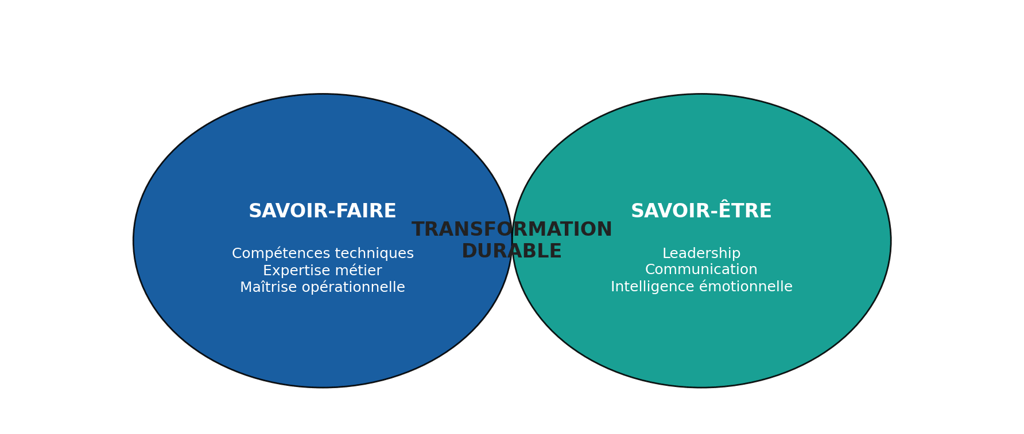From Know-How to Know-Being: Why Training and Coaching Are the Pillars of Lasting Change
Discover why training and coaching — focused on know-being — are essential for achieving lasting success in strategic business transformations.
Bethy Jean Philippe N'GUESSAN
8/9/20252 min read


Introduction – The Pitfall of a “Technical-Only” Approach
While supporting a company in rolling out a new ERP system, the project team had everything covered: a complete training plan, clear materials, detailed tutorials. Technically, everything worked perfectly.
But in reality, the transition was laborious. Interdepartmental tensions persisted, collaboration was fragile, and decision-making was slowed by a lack of mutual trust.
This scenario illustrates a recurring truth: know-how gets things moving, but it’s know-being that makes it last. In transformation, ignoring the human dimension is like building a ship without a rudder.
Why Know-Being is Now Essential
Technical skills remain important, but they no longer guarantee transformation success. What truly makes the difference:
Adaptability in the face of uncertainty
Collaboration across teams and functions
Alignment around a shared purpose
💡 Example: In a supply chain reorganization project, a logistics director I coached had all the technical expertise required. But his impact was transformed after executive coaching focused on leadership and communication. The result: stronger teams, reduced tensions, and a rollout twice as fast as planned.
Training – More Than Just Knowledge Transfer
An effective training program is not about “delivering content.” To truly drive change, it must:
Be participatory – prioritize role plays, simulations, and hands-on activities.
Address real, identified field needs.
Create feedback loops to anchor learning.
🎯 Best Practice: Integrate “mirror workshops” where participants share how they apply learnings in their daily work.
Executive Coaching as a Lever for Sustainable Transformation
Executive coaching enables deep work on behavior, mindset, and vision. It acts as a catalyst to:
Develop emotional intelligence and stress management
Strengthen the ability to inspire and unite teams
Improve decision-making in complex environments
📌 Case Study: In a program I designed for a fast-growing African company, individual coaching for executives aligned leadership styles. The impact on team engagement was immediate: +25% internal satisfaction within six months.
How to Combine Training and Coaching in a Change Project
An effective support plan blends both approaches:
Initial Diagnosis: Identify gaps between technical and behavioral skills.
Integrated Journey: Alternate group workshops (training) with one-on-one sessions (coaching).
Post-Project Follow-Up: Measure progress and fine-tune practices.
💡 Tip: Appoint an “internal mentor” in each team to extend support after project completion.
Conclusion – Changing Behaviors to Change the Company
In any strategic transformation, know-how helps you reach the goal… but know-being ensures you stay there. Both are inseparable for building sustainable performance.
If you want to design a program that combines targeted training with transformational coaching, I invite you to contact me to co-create a tailor-made journey adapted to your needs.
Expertise
Strategic Procurement & Supply Chain Consulting:
Contact Me
jeanphilippe.bethy@gmail.com
+33 07 69 05 74 82
© 2025. All rights reserved.
Subscribe to Our Newsletter
Cost Optimization
Performance Management
Change Management
Synergies between Procurement, CSR & Digitalization
books
Photography
My World


